The Moon is quite bright and clearly visible at the VLA due to the high contrast of the dark, indigo skies above the Very Large Array in New Mexico.
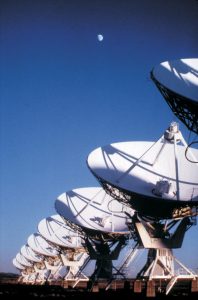
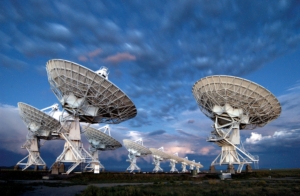
A Cloudy Twilight at the VLA
Clouds linger at twilight over the Karl G. Jansky Very Large Array in its most compact configuration.
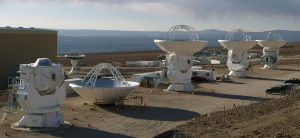
Assembling Japan’s Antennas at ALMA
Pictured is a view of the East Asian telescope assembly area at the ALMA Operations Support Facility in northern Chile in 2008. Four 12-meter telescopes are in various stages of assembly and testing. In the background left looms the North American laydown area and its fully-enclosed assembly area. Since the telescopes are now in place, the assembly areas are no longer in use.
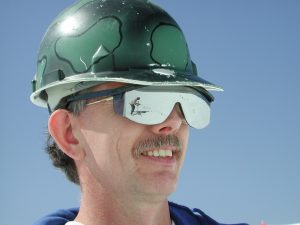
Safety Sunglasses Required
Imagine spending all day working on a 2.3 acre surface of super-reflective metal. Adjusting the panels on the Green Bank Telescope (GBT) requires such blindingly bright conditions, and sunglasses are part of the safety gear for all technicians. You can see a technician adjusting a panel in the reflection in the sunglasses.
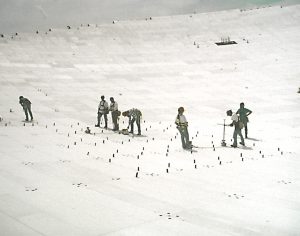
Readjusting the GBT’s Surface
Shortly after the Green Bank Telescope (GBT) went online in 2000, measurements of its surface showed that its 2004 aluminum panels needed more tuning to create the dish’s perfect parabolic shape. In an a large group effort, engineers and technicians spent weeks on the 2.3-acre dish manually changing the heights of the corners of each panel until the laser rangefinders mapped a smooth surface. The National Radio Astronomy Observatory built and designed the Green Bank Telescope, but as of October 2016, GBT now operates independently under Green Bank Observatory.

Tightening the metal plates of the GBT Track
Construction on the Green Bank Telescope began in the 1990s, with its huge circular track and support. The track is built 25 feet into the ground to keep the entire telescope sturdy and level. In this photo, contract engineers and staff are tightening the metal plate above the concrete track. Behind them is one of the GBT’s four trucks that drive the 17-million pound telescope around on the track. Each truck has four wheels that support around one million pounds.





